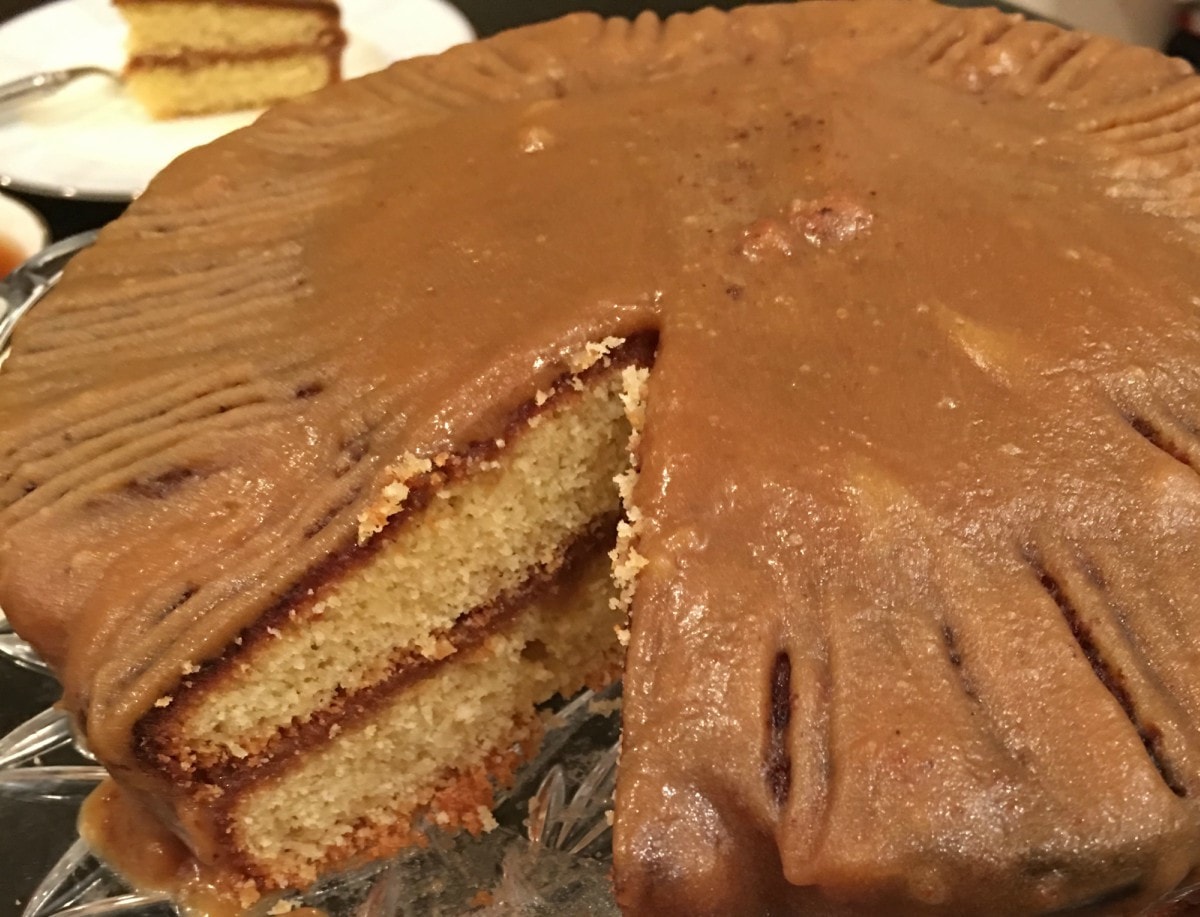Nostalgia is a beautiful thing — it comes with editing, and our brain selectively remembers only the very wonderful. One memory I cherish is the legendary coffee cake from the famed Bombay Bakery in Hyderabad.
Abu was a marketing executive at a German multinational, the times were the glorious '70s and '80s, and every trip to the Hyderabad depot (a few times a month) meant the coming home of the coffee cake, followed by Ami’s exclamation, 'Let them eat cake,’ in imitation of the famous words by Marie Antoinette.

The Bombay Bakery is over 100 years old and was the brainchild of Pahlaj Rai and his Swiss wife who famously sold bakery delights out of her home. The bakery was named after the city by the sea, Bombay. Pahlaj Rai is believed to have enjoyed the aura of the wonderfully cosmopolitan city and decided to name his bakery after it.
Or is there a deeper connection?
Also read: Bombay Bakery —100 years and going strong
My research led me in many directions, but I did connect the dots somewhat, throwing in my experience of cake tasting and knowledge of the history and similarities of cake making in cities like Bombay, Karachi and Hyderabad, all cities belonging to the wonderful province of Sindh.
The book Darjeeling: The Colourful History and Precarious Fate of the World’s Greatest Tea by Jeff Koehler says the following:
"In gardens of hill stations during the summer social season, and in the sunny winter down on the plains, tea was served along with sweets – tiffin cake, dholi buns, Bombay golden cake and Gymkhana cake."
Reading the same led me to research on Bombay golden cakes, which led me to the fact that the Parsis of Bombay have been baking cakes for the longest time, as have the Parsis of Karachi. Armeen’s and Mrs. Mistrey’s cakes were the rage of the '80s and '90s in Karachi, not to mention the Persian Bakery in Saddar, Karachi.
This led me to research Persian and Parsi cookbooks. I came across the name of an exotic one named Vividh Vani, published in the year 1903, before the opening of the Bombay Bakery. Dan Sheffield, a lecturer at the Dept. of Near Eastern Studies at the Princeton University, U.S, says about the book:
"By this time the Bombay Parsi cuisine had already been Anglicized. The book, which is around 1500 pages, has recipes for 57 varieties of cakes, ranging from coffee cake and cherry cakes to things with exotic names like cake Napoleon, Chantilly cake and Bakar Khani, etc."
Vividh Vani narrates other interesting stories leading me to my next conjecture. It says the following:
"The second spate of Irani Zoroastrians that fled from the Islamic Qajar regime were mainly bakers, sweet makers and café owners."
So perhaps it was the delicious baking of Parsi experts in early 20th century Bombay that inspired Pahlaj Rai to name his bakery Bombay Bakery, and maybe the coffee cake is inspired from Bombay baking and is a twist on the coffee cake recipe from Vividh Vani.
When it was time for me to try my luck at baking, I stumbled upon a recipe online. Needless to say it was a slice of heaven from the past. However, the sugar I used for icing was turbinado sugar. It tastes just like white sugar but is brown in colour. So the colour of my icing was a tad darker but the taste was just the same. This heavenly slice of cake took me to the sweetest time of my life, its aroma, taste, texture, presentation was as I remember, and here it is, from my kitchen to yours.

7 oz. flour
4 eggs
1 ½ tsp. vanilla essence
1 cup castor sugar
2 tsp. baking powder
8 oz. butter
1) Cream butter and sugar with a cake beater.
2) Sift flour and baking powder, adding 1 tbsp. of the dry mixture and 1 egg into sugar/butter and beating it using cake mixer until all four eggs and vanilla essence are added.
3) Add remaining dry mixture and mix with spatula.
4) Divide batter into two 8-inch cake pans and bake in a pre-heated oven (350 degrees F. or 180 degrees C.) for 20 to 22 minutes.
5) Cool completely on wire rack and ice.
1) In a pan, melt 6 oz. butter and ¾ cup white granulated sugar. Set aside to cool.
2) Add 3 beaten eggs to butter and sugar and cook on lowest heat until sugar dissolves and icing has thickened. Set aside to cool.
3) Once cool, add 1tbsp. coffee (dissolved in 1tbsp, water) to icing.
4) After setting the icing in the fridge for 20 minutes. ice one cake, then top with the second cake and ice it on top and all around. Set in the fridge for 20 minutes.
Your cake is ready for devouring and sharing!
Comments